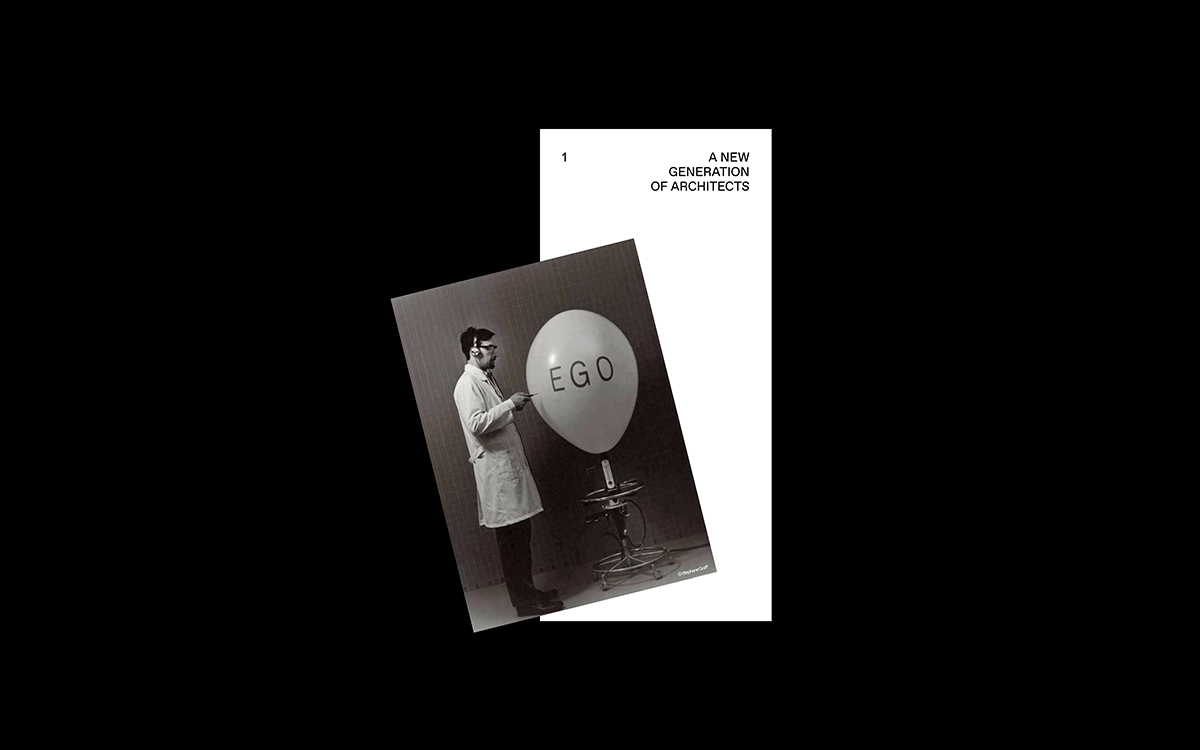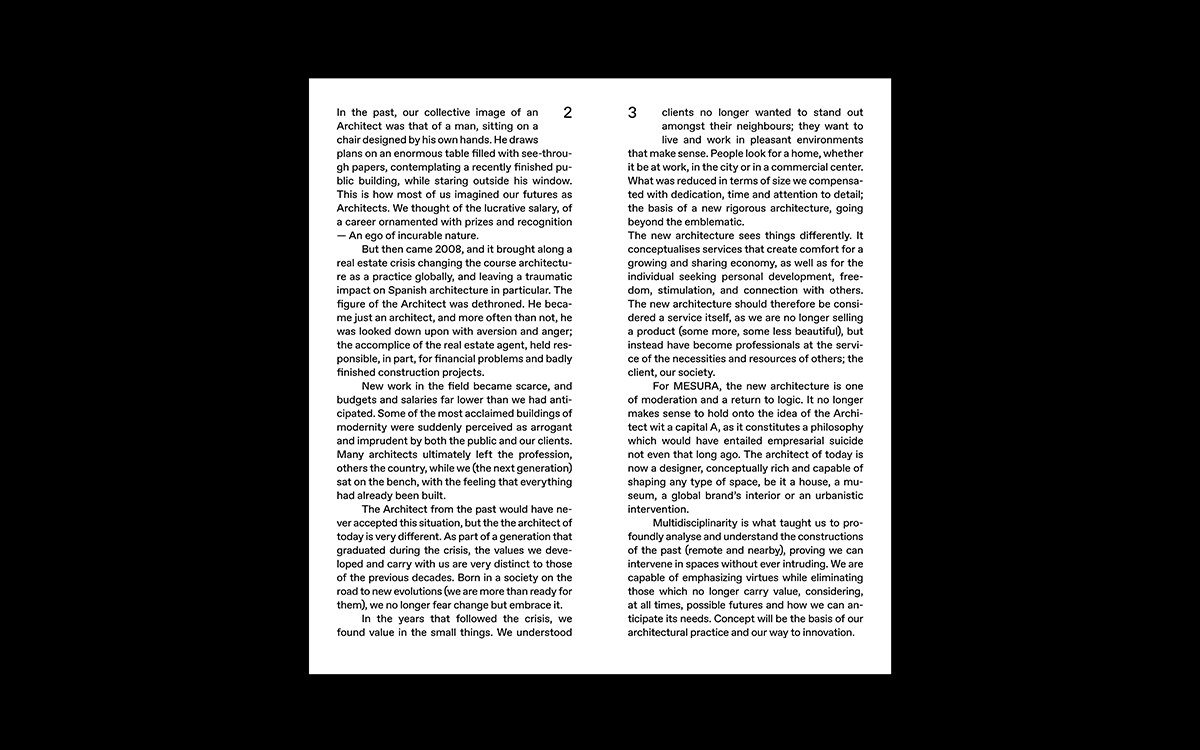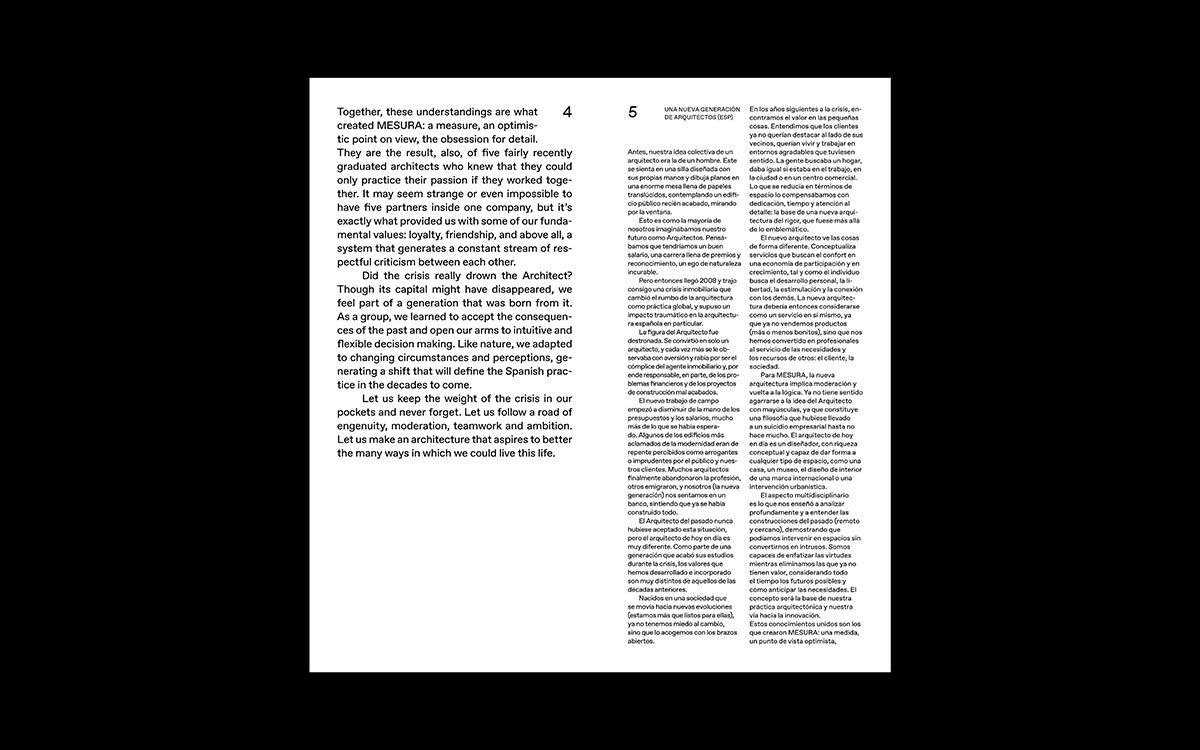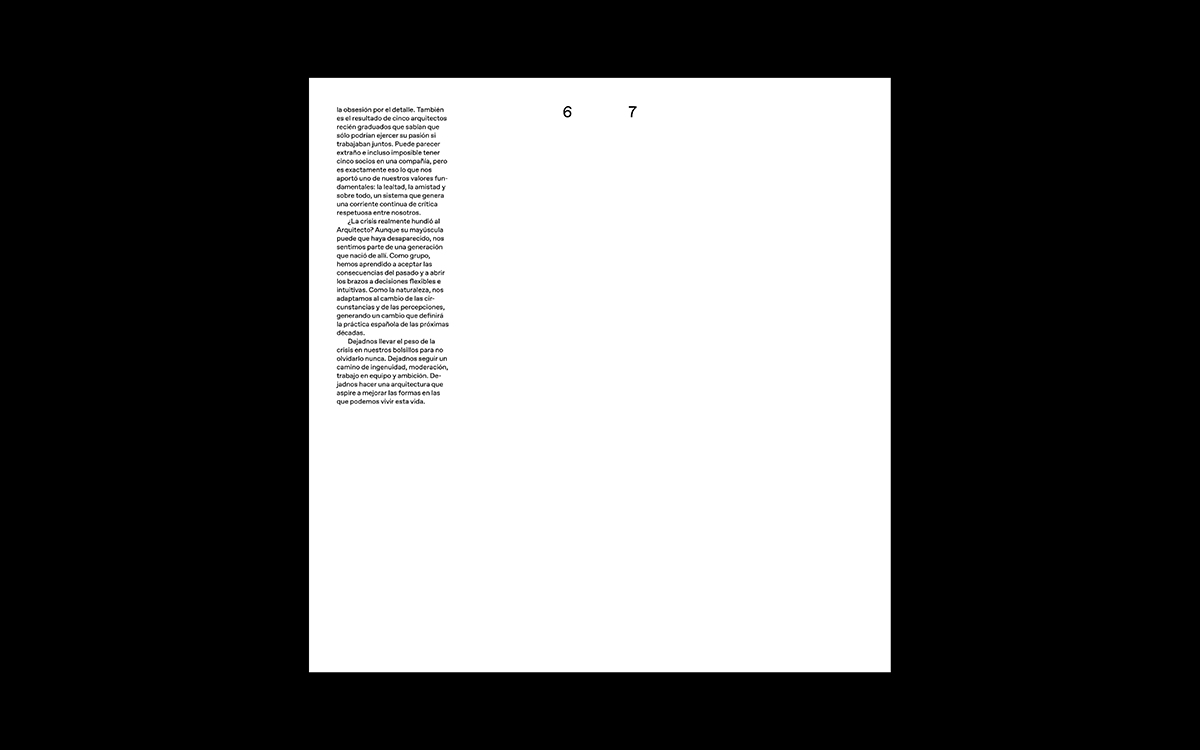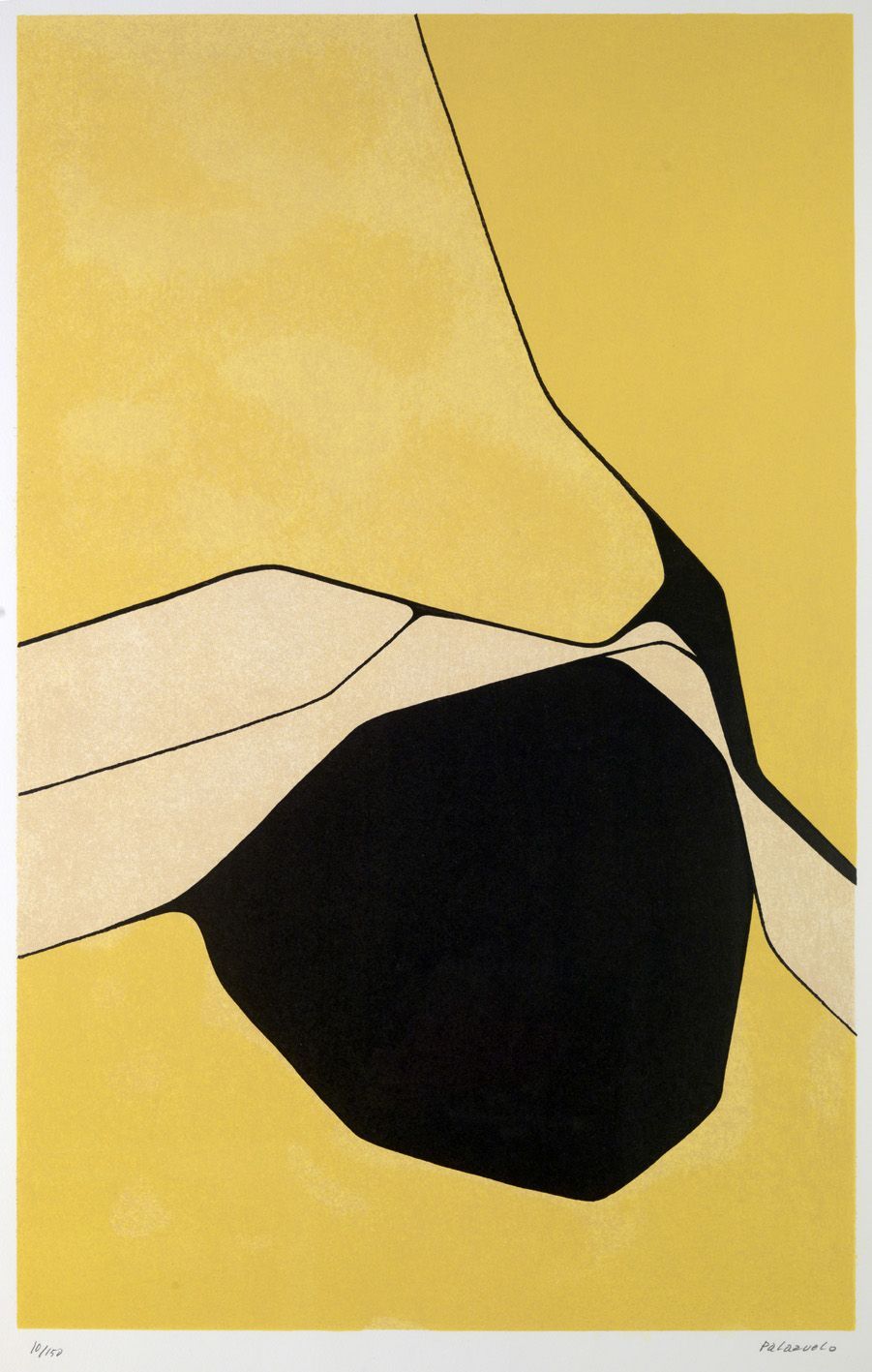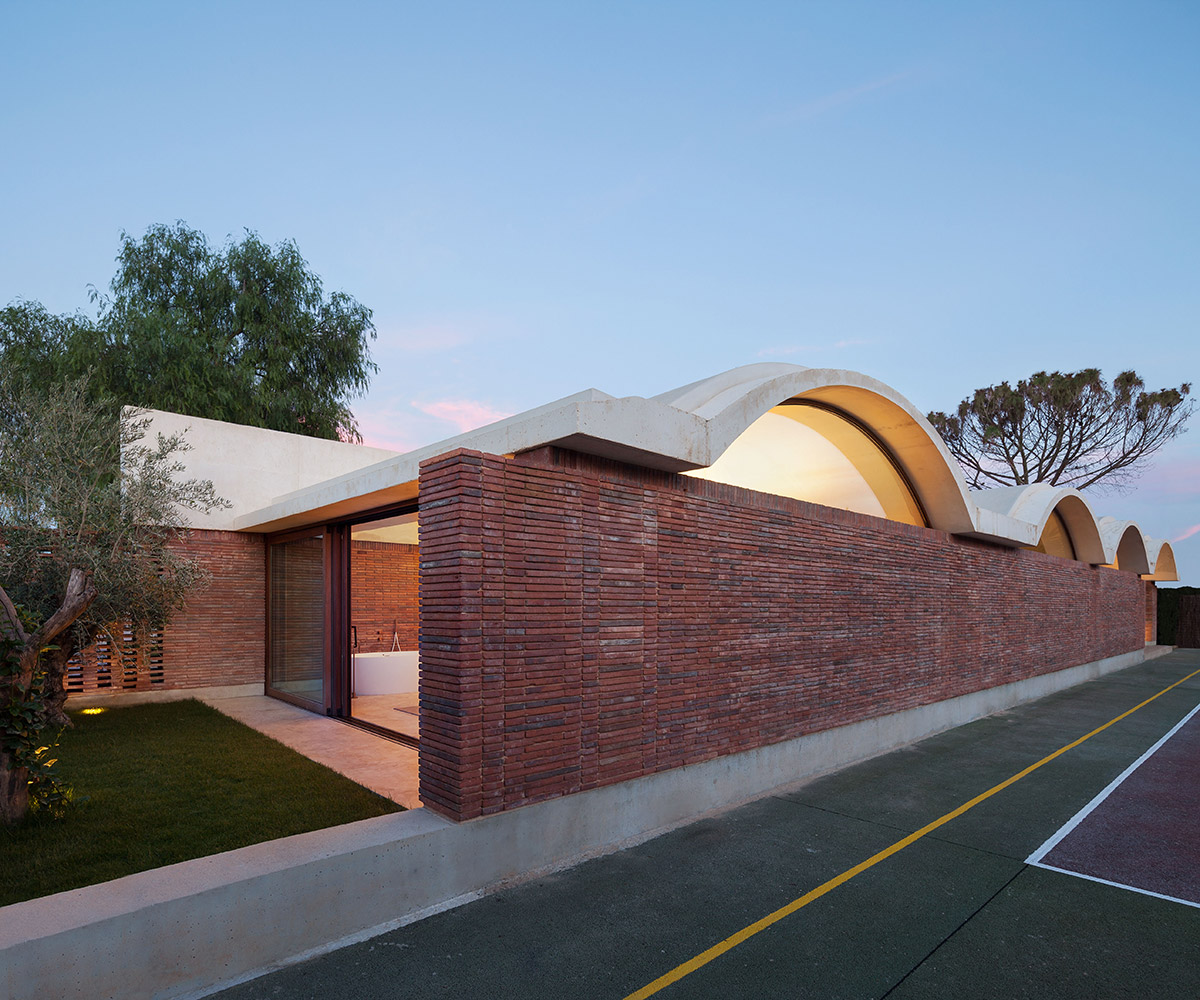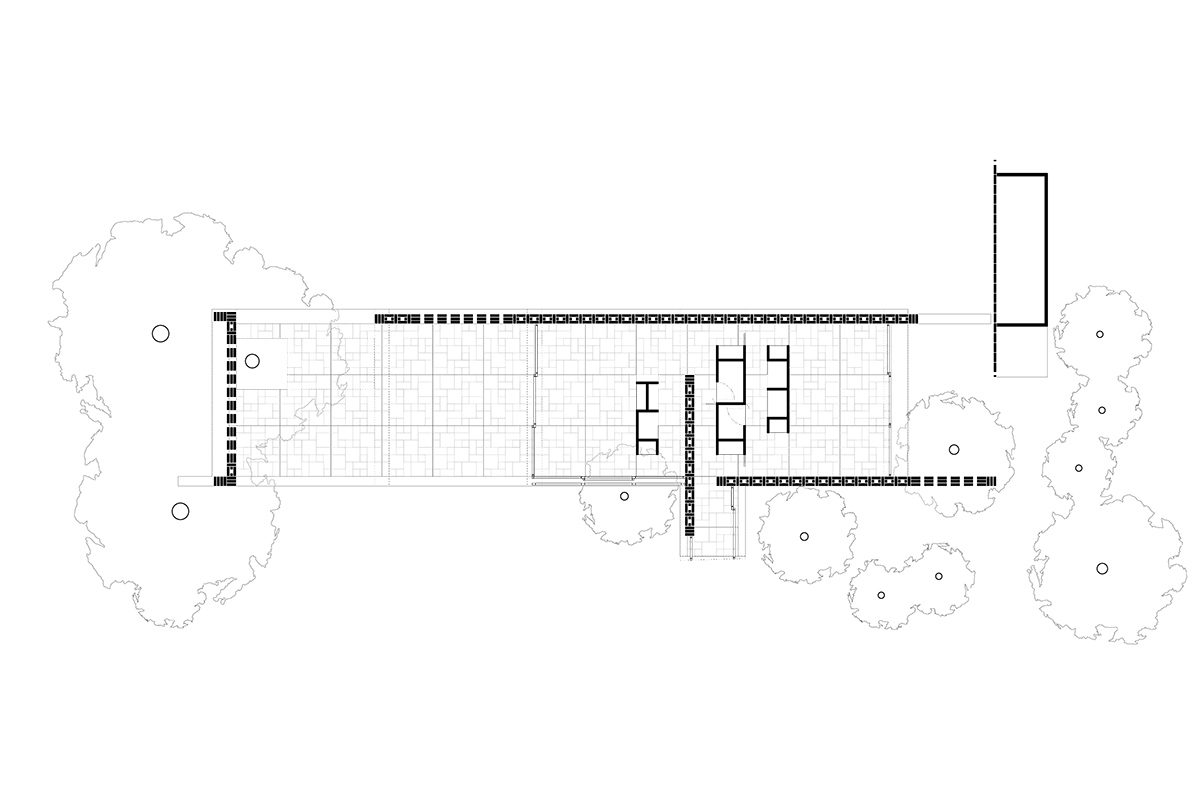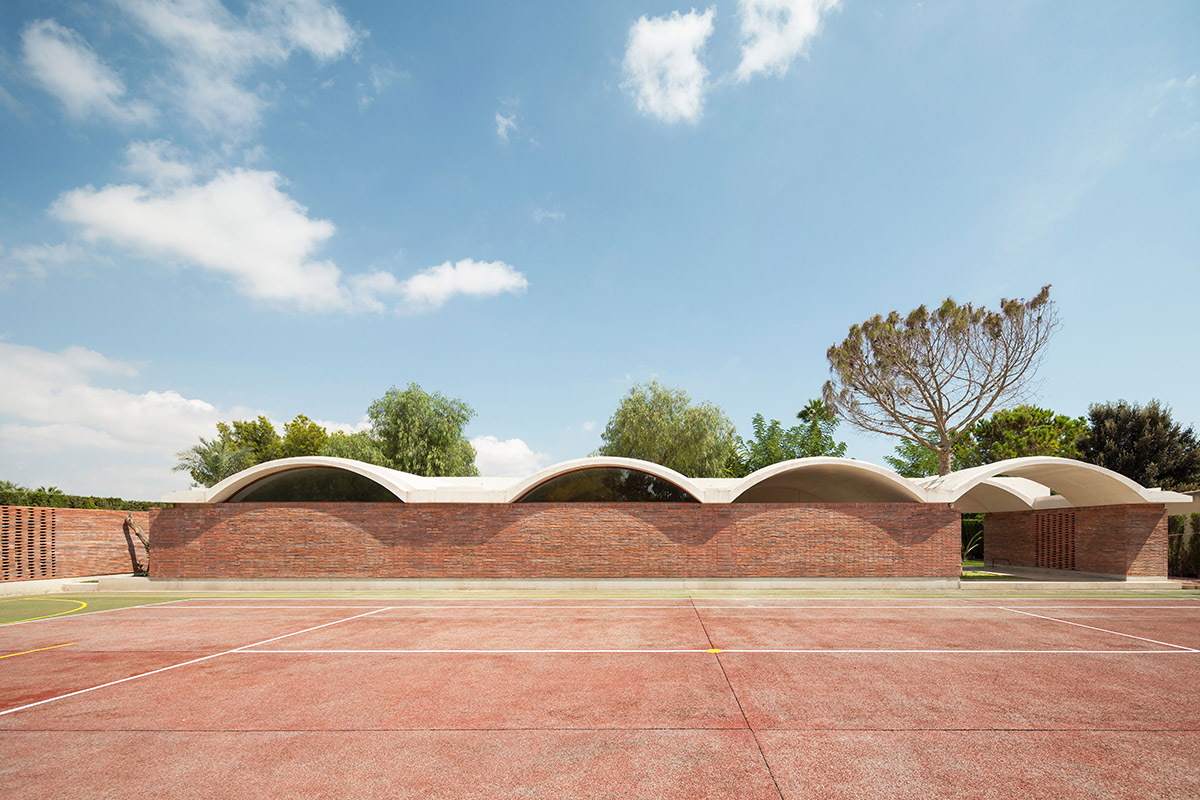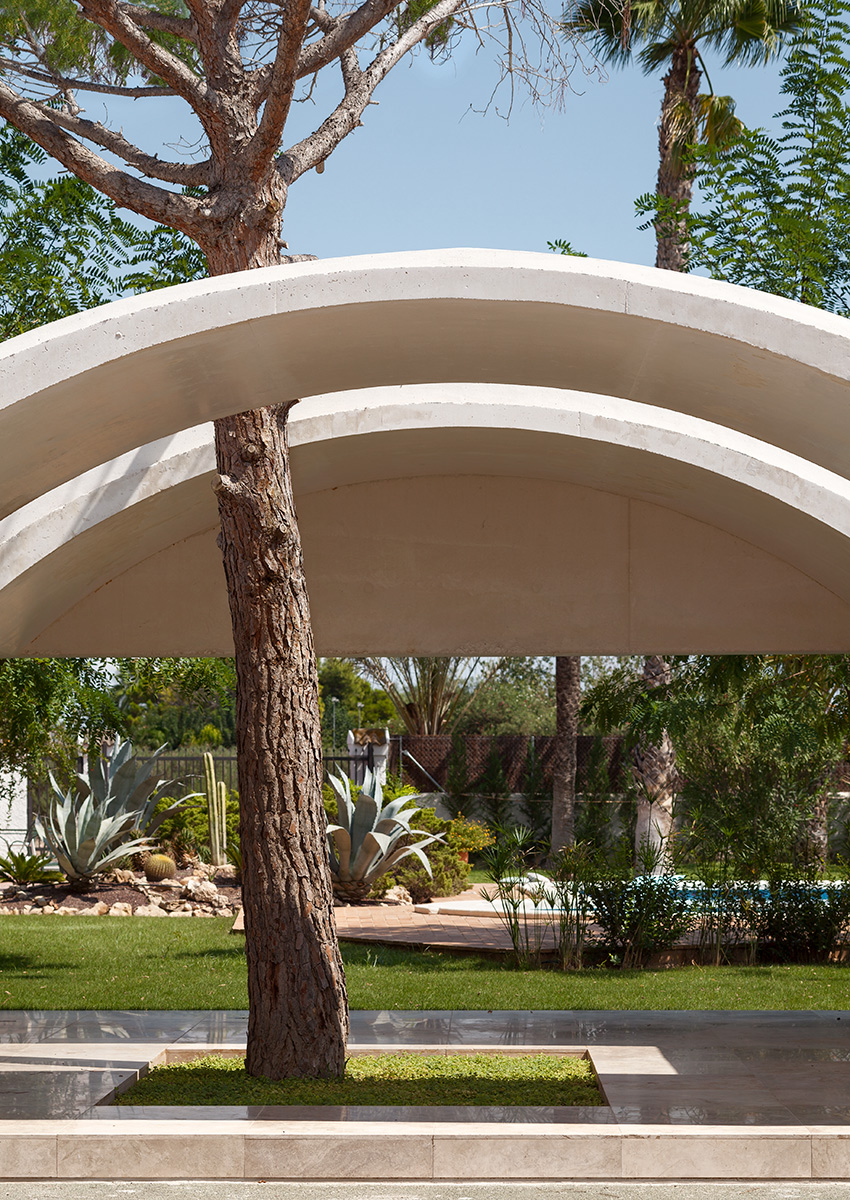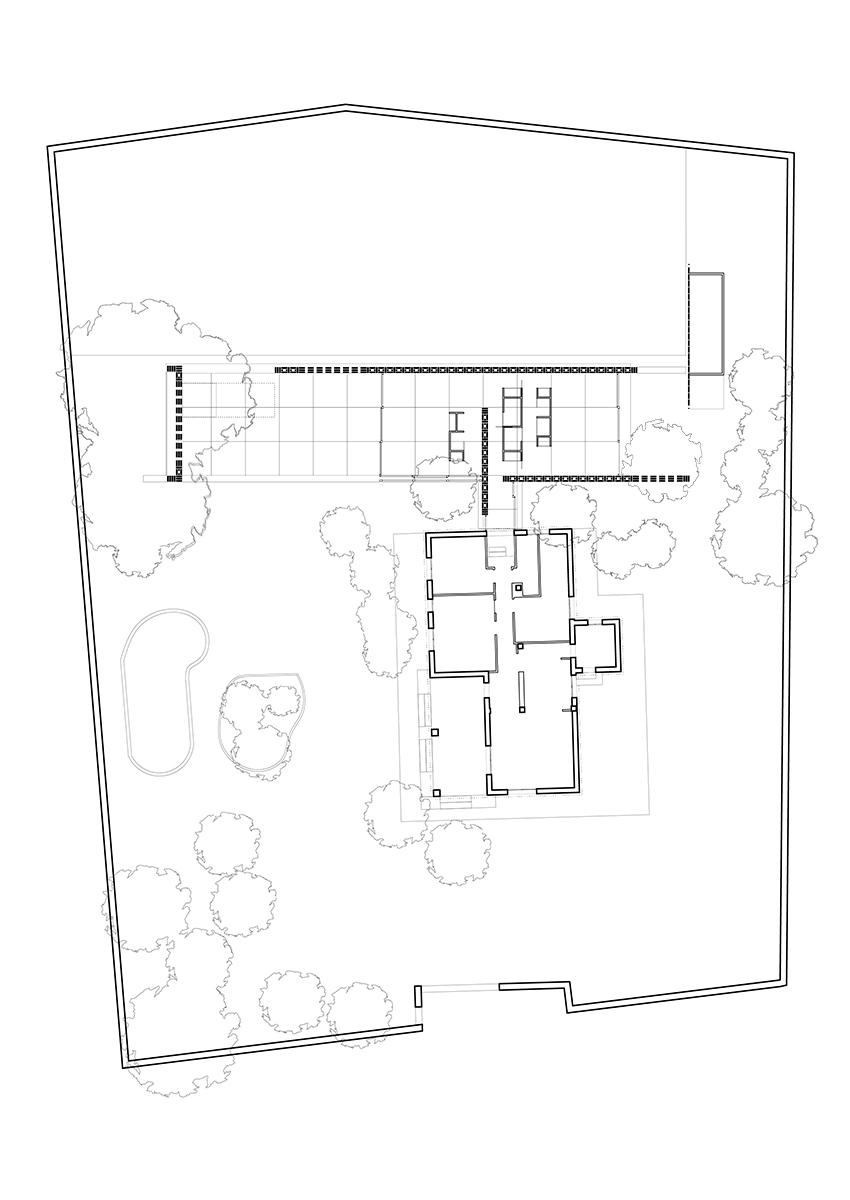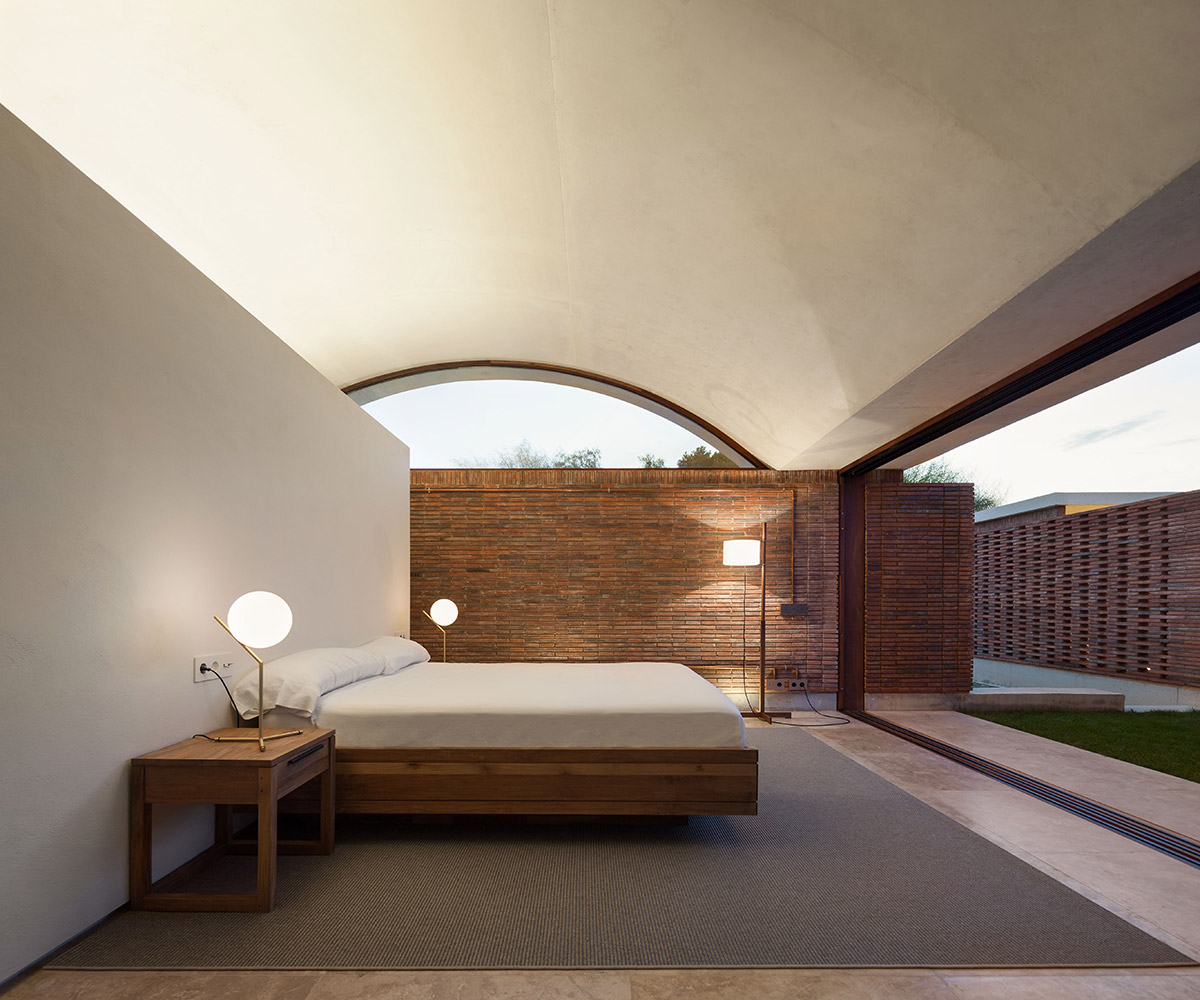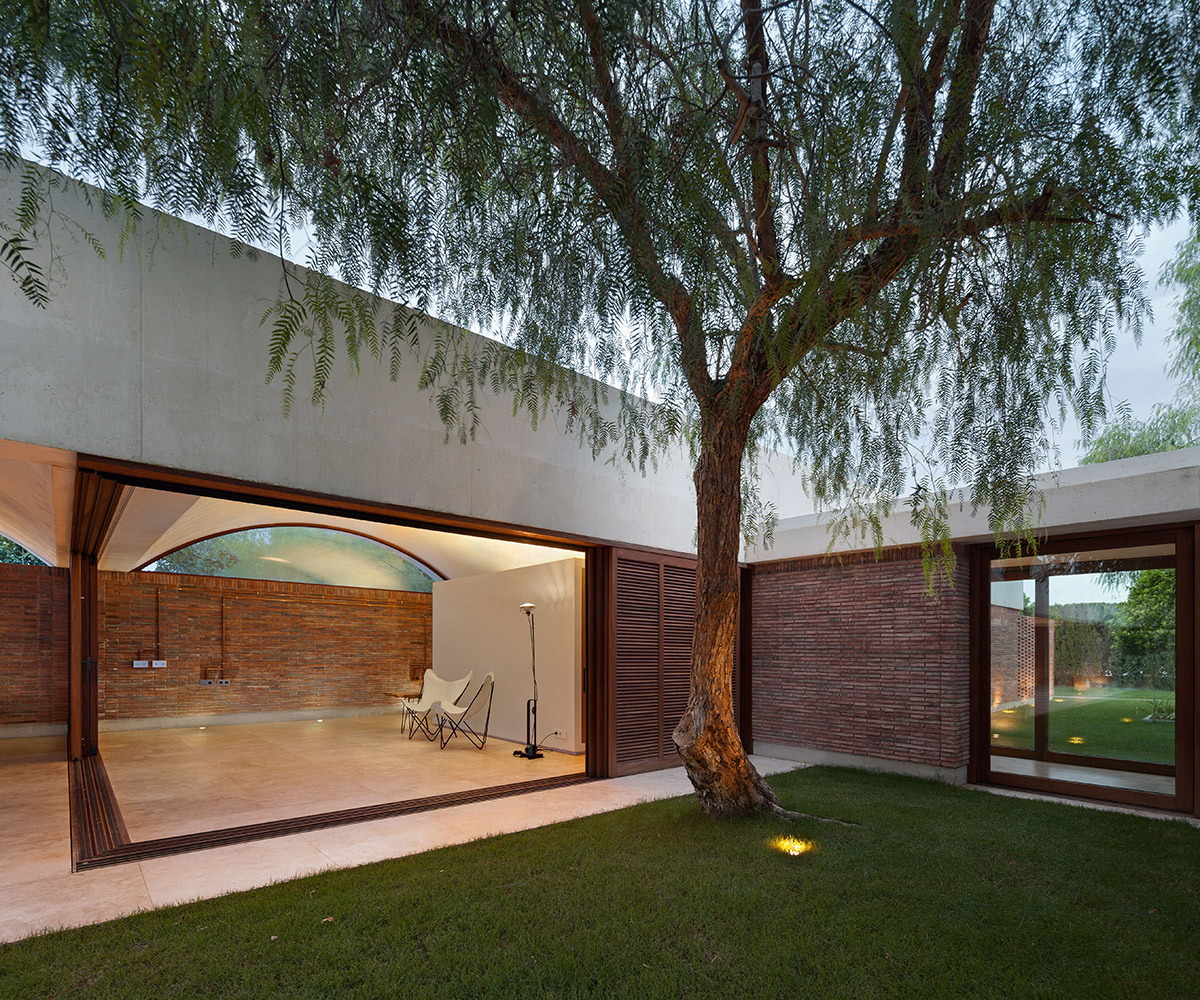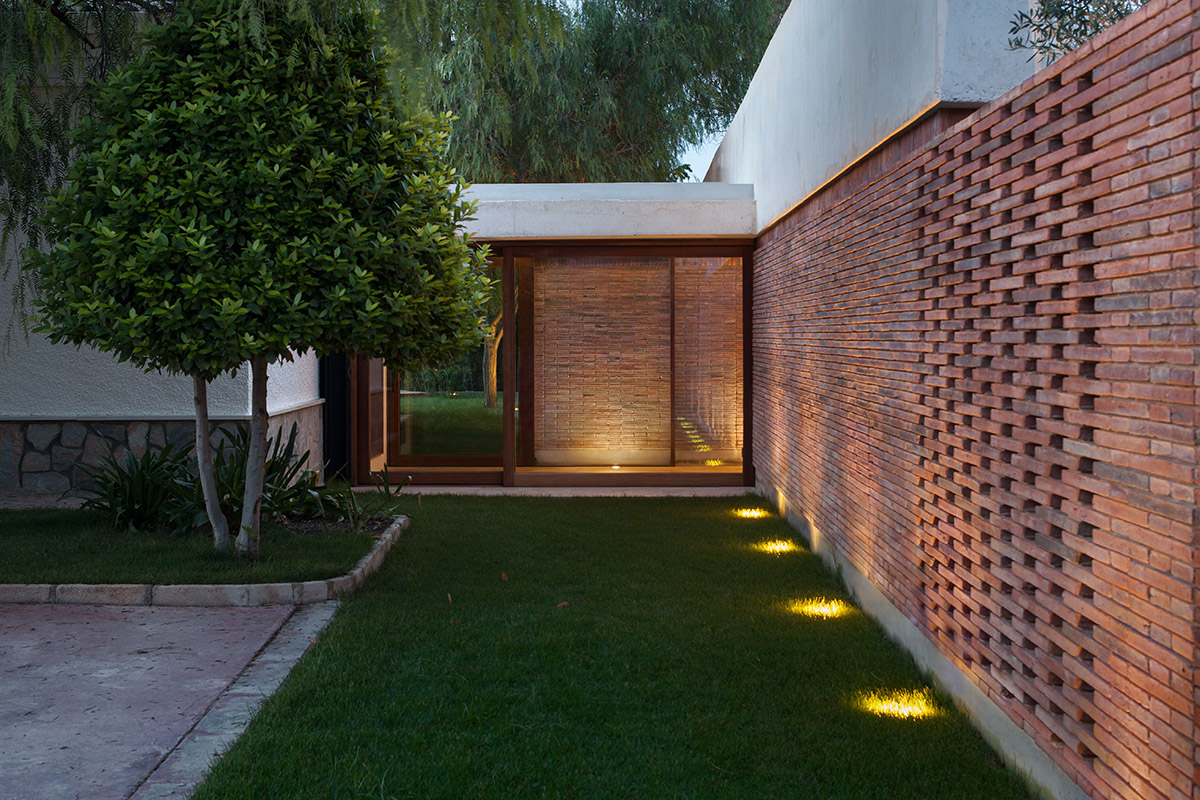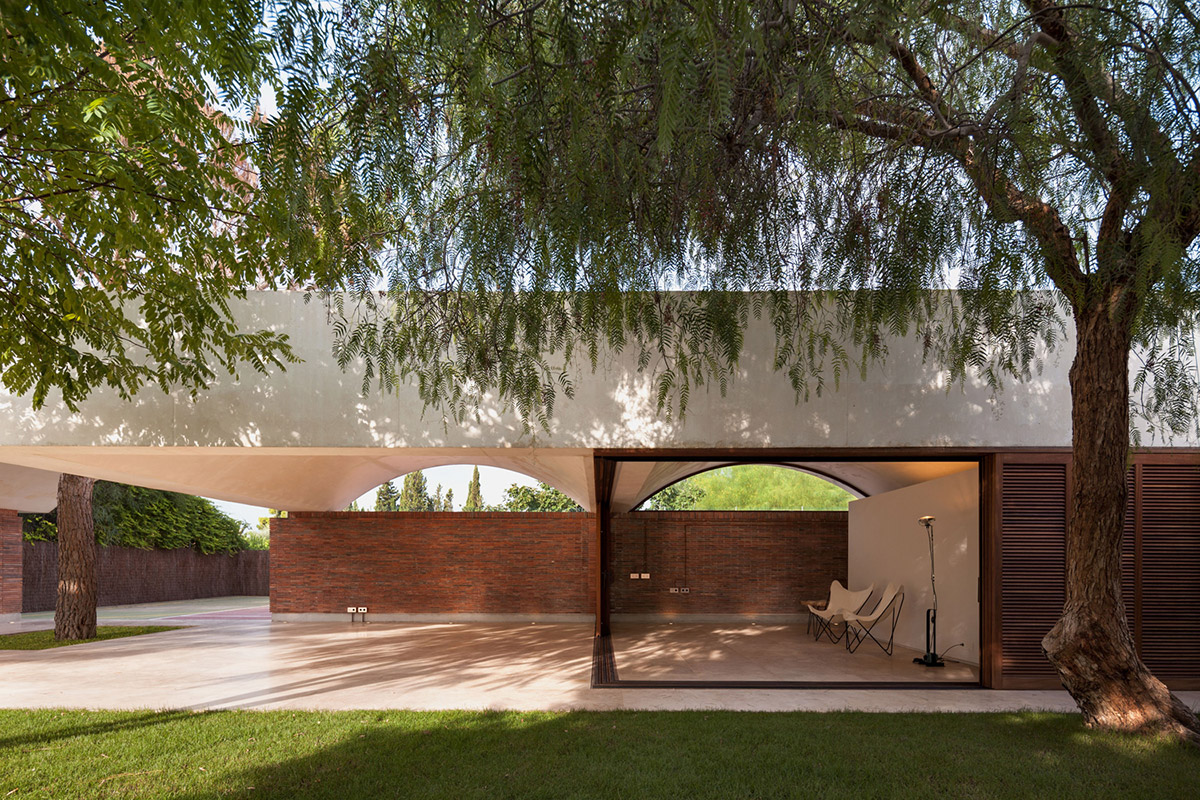19/047
MESURA
Architecture Studio
Barcelona
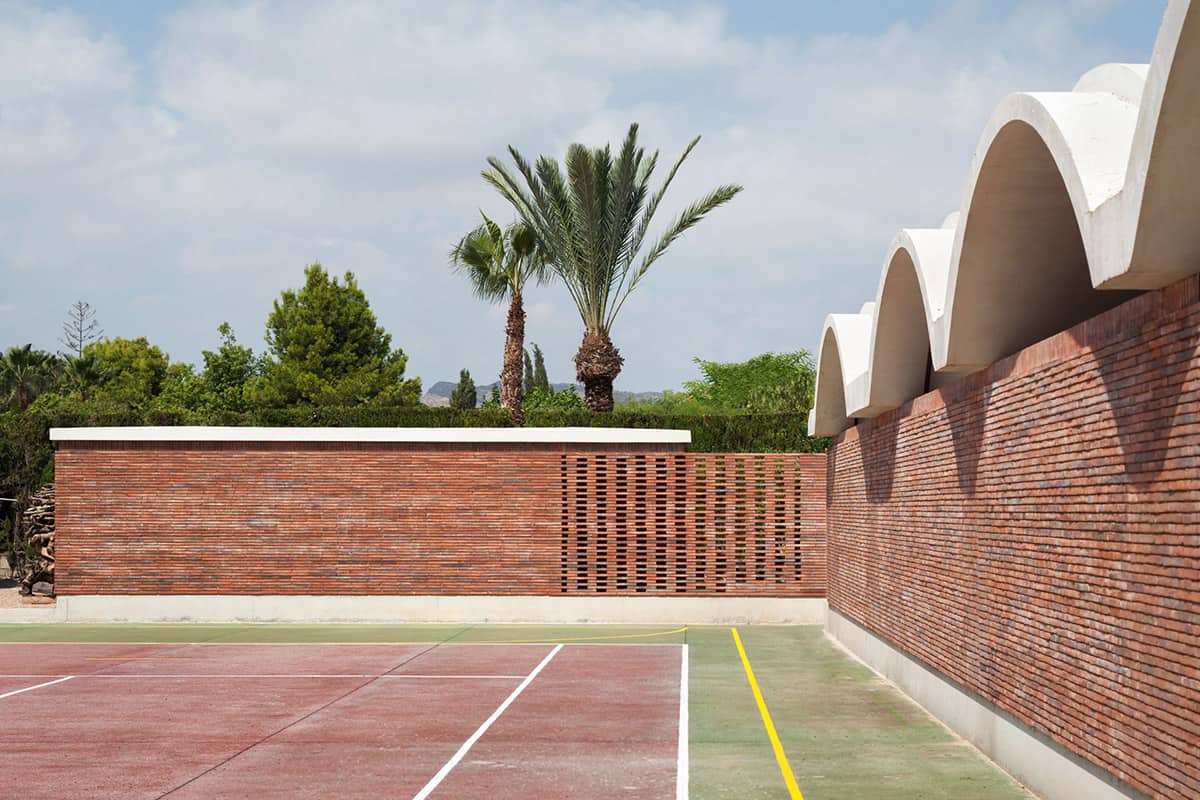
«We like to see change as an opportunity and we feel architecture can help society in seeing it in the same way.»
«We like to see change as an opportunity and we feel architecture can help society in seeing it in the same way.»
«We like to see change as an opportunity and we feel architecture can help society in seeing it in the same way.»
«We like to see change as an opportunity and we feel architecture can help society in seeing it in the same way.»
«We like to see change as an opportunity and we feel architecture can help society in seeing it in the same way.»
Please, introduce yourself and your Studio…
MESURA is an interdisciplinary architecture and design studio from Barcelona. We are a group of a team of designers, architects, creative directors and technical engineers.
One of our teams working in the Barcelona office
One of our teams working in the Barcelona office
One of our teams working in the Barcelona office
How did you find your way into the field of architecture? Why did you become an architect?
For the current generation of young Spanish architects, the answer to this question is quite different to that of architects elsewhere. When we graduated in 2008, Spain was in the middle of a real estate crisis and there was little work for architects. Partnering up as five partners made it possible for us to start working in the field. We started off with very small scale jobs: a commercial stand in a mall, the interior design of a store, the renovation of a house of a friend. What made MESURA work was our dedication to do something different. If the project wasn't that interesting per sé, we would make it interesting through a profound research. We then turned that into a constructive and conceptual play of materials, a new particular system, a set of forms etc. We learned every space has the capacity to make an enormous impact on the people who use it. Any design can be innovative, no matter the client or the scale.
What is it like to work in MESURA and what are your experiences working with an international and interdisciplinaryteam?
We love the energy. There's a lot of ideas and eagerness to do and change things –not just in architecture, but also in terms of organization, communication, company philosophy and the role we have as architects today. We also tend to hire people with strong personalities. We like to encourage them to engage in the conversation, to give feedback and come up with new ideas, which obviously become more interesting when there is people involved that come from different fields and backgrounds. There is very little hierarchy in the studio. We want our people to grow with us and to be autonomous. MESURA is a shared project.
In terms of communicating who MESURA is and what it does, what is your philosophy? How should architecture be presented?
Architecture is still a very closed field to those who are not a part of it. It's a problem that starts from the way we communicate about our work. Architects like to talk about shapes, theories, technicalities: a conversation understood from one architect to another. We believe the responsibility of architects today lies in part in raising architectural awareness to the public, as it's such a powerful force in all our lives. Architecture is not just about designing a new building or fixing a street. It's the design of space, which means it deals with how we live, move, act, feel. Through our communication we try to make our work as transparent and as understandable as possible for anyone, in order humanize our field. We believe photography and video is very important in this sense. If we can use one single shot or a 10 second video that is capable of transmitting exactly what we are trying to say, wwe think that’s just as valuable as a 400 page book or a dense essay. Once we have people’s interest, we can always provide content that goes deeper. But the goal is to spread what architecture can mean to us.
For the Swiss healthcare company Roche we are currently working on a short film
that explains the atmosphere, architecture and design strategies of their global network of offices.
For the Swiss healthcare company Roche we are currently working on a short film
that explains the atmosphere, architecture and design strategies of their global network of offices.
You say you see architecture as a service. What service do you want to give to people?
The responsibility of doing a good job today has never been as important, now that mundane concepts are changing: work, housing, family, mobility... Our idea of what those concepts mean has shifted significantly over the last decade. Looking at politics in particular, it's become clear that some people fear those changes, although it’s probably the only consistency we have in life. We like to see change as an opportunity, and we feel architecture can help society in seeing it in the same way. Architecture deals with memory (we construct on something that already exists, we shape spaces that people will recognise for what it is) but it also has to last over time, which means it should be resilient to changing circumstances. If we can help facilitate change, if we can create better spaces in which people intuitively feel good, then, we have done a good job. This is the service we want to provide, both to clients and users.
Is that the essence of architecture?
The essence of architecture is something very abstract. It has do with imagination and being touched by space, which in turn implies intuition, emotion and knowledge. Sometimes, when you enter a space, you can just feel its essence, no explanation required: you know exactly what to do and you feel exactly what you are supposed to feel. That is the essence of architecture. Doing architecture is understanding how we can create that situation in different contexts by a delicate play of spatial tools. The goal is to generate happiness.
Reference: Palazuelo wrote: ‚Active imagination reveals hidden reality. Imagination does not produce arbitrary constructions,it is our organ of knowledge.Memory absorbs the remote of times pasts in order to enrich, shape or extend us.When producing this assimilation of past thoughts, we potentialise the of capturing the future.'
Reference: Palazuelo wrote: ‚Active imagination reveals hidden reality. Imagination does not produce arbitrary constructions,it is our organ of knowledge.Memory absorbs the remote of times pasts in order to enrich, shape or extend us.When producing this assimilation of past thoughts, we potentialise the of capturing the future.'
How would you characterize Barcelona as a location for practicing architecture? How is the context of this place influencing yourwork?
Though most people in our team come from other places in the world, Barcelona has influenced all of us. People generally love to live here because of the mediterranean quality of life and the convenient size of the city. Barcelona is very local, which you can see in people's engagement in their neighborhoods. The streets of Barcelona have always been like an extension of the home. Walking around the city at 9 am on a Monday morning for example, you will see people out having their morning coffee in the bar around the corner, instead of doing that ritual at home. There’s a deep sense of civic ownership, which has influenced us deeply as architects. We don’t believe in an urbanism defined from above, we believe it should bring citizens and their way of life to the front and help make it be more pleasant. This bottom-up philosophy is very Barcelona. We are no London or Paris in terms of established institutions, but there are a lot a lot of young people doing their own thing. We are pretty curious of what will come of it in the years to come.
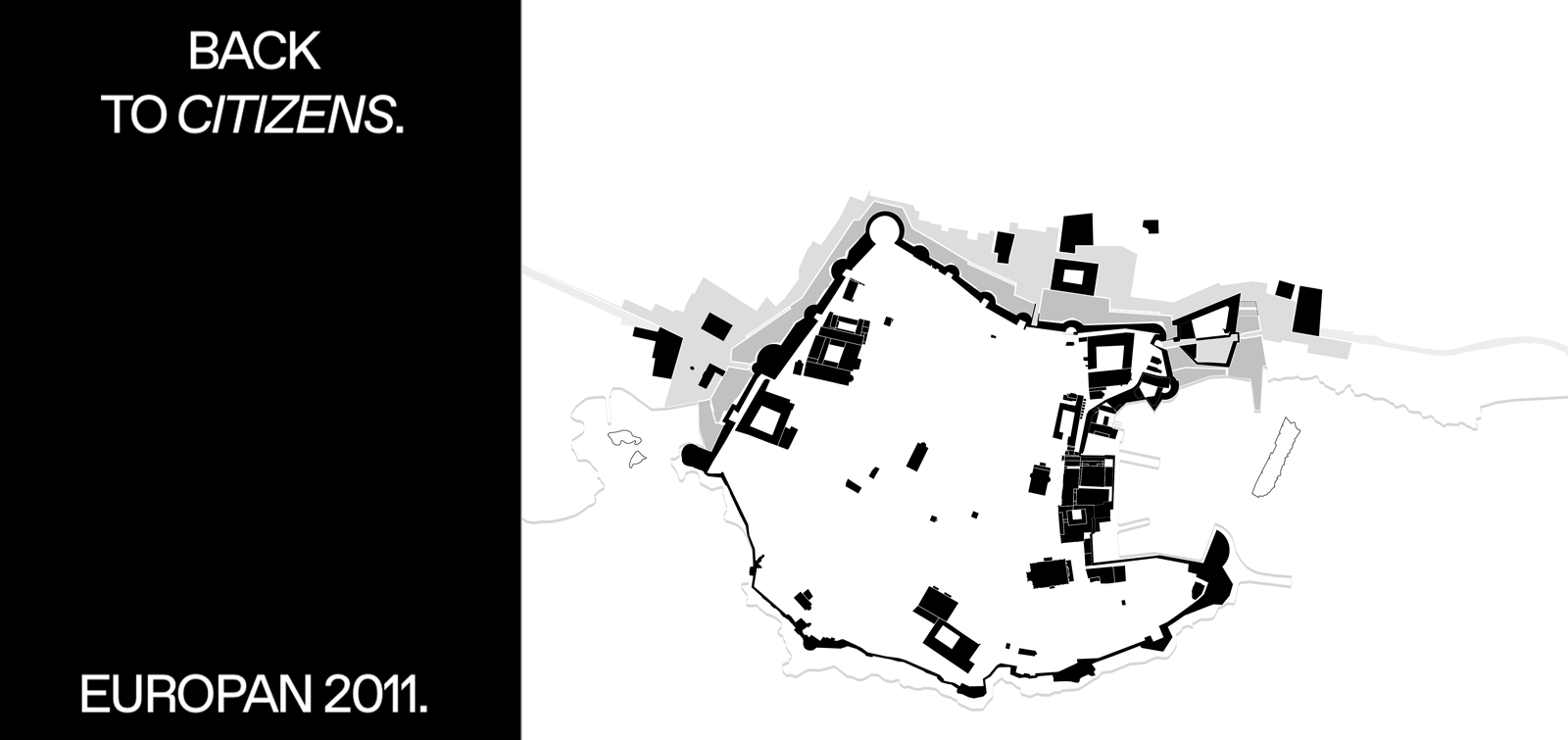
In 2011 we won the Europan in Dubrovnik, a Biennial Competition for architects under 40 which aims to design innovative housing schemes for sites across Europe. The project was named ‚back to citizens‘, a promenade of public space for the inhabitants of Dubrovnik.
In 2011 we won the Europan in Dubrovnik, a Biennial Competition for architects under 40 which aims to design innovative housing schemes for sites across Europe. The project was named ‚back to citizens‘, a promenade of public space for the inhabitants of Dubrovnik.
What has to change in the field of Architecture? How do you imagine the future?
Architecture has to be democratized. In one sense, it should be more transparent about what it does and how this influences life for everyone. Another key point is to see architecture as a kind of artform that is user based. We are not artists whose sole aim is to create new thinking (for which rupture, provocation and controversiality are useful tools). Architecture can make a statement, but the statement has to try and unify the elements surrounding it, not separate itself from them. We believe architecture should aim for unity in every sense, which primarily means to connect all parts of our reality: past, present and future. They are all connected.
Project
